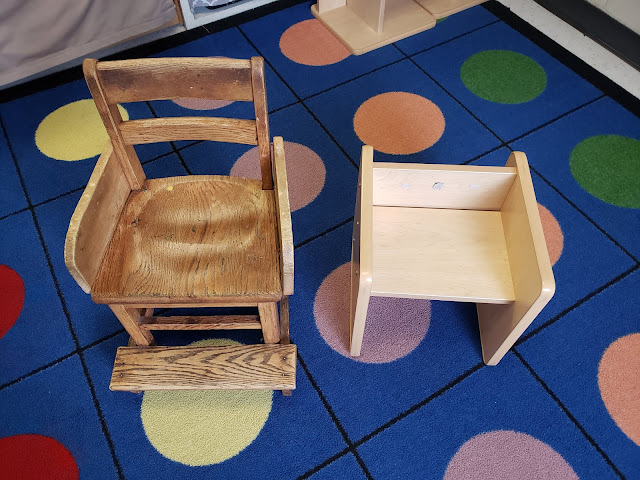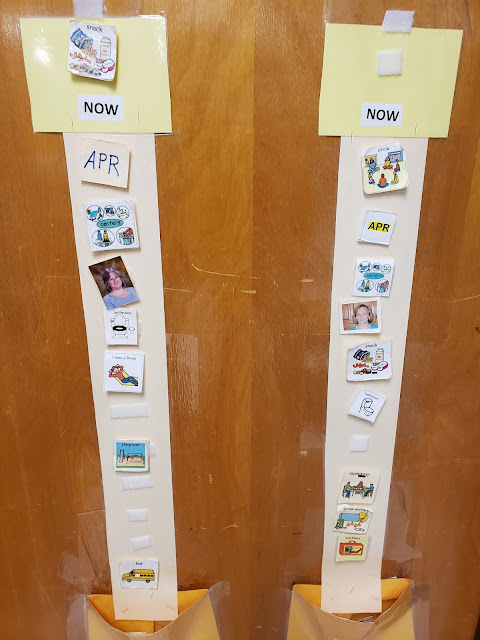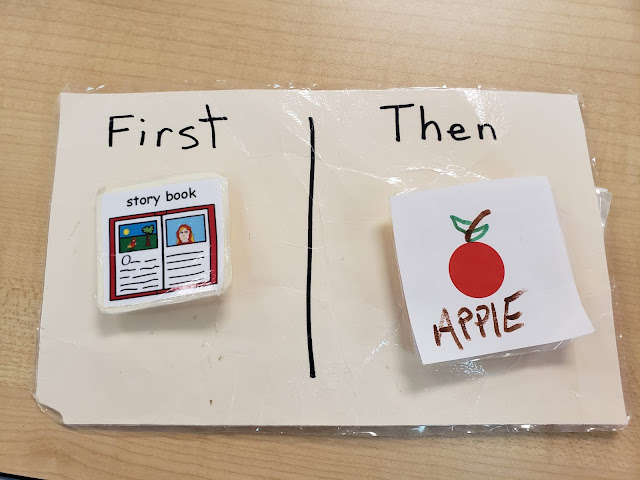Low Tech Assistive Technology Tools for Behavior Management
By: Sue Stubbs, EC-SEAT Scholar
Managing behavior in a classroom is ever changing. One’s style of behavior management is never the same from year to year, maybe similar but not exactly the same. Behavior management truly depends on the class dynamics. I have found some Low Cost and Low Tech Assistive Technology tools that work in a preschool classroom to help assist with behaviors and children with varying needs.
These tools help children have upright posture when sitting at circle or at a table. It provides one with the ability to be able to focus and maintain attention during instruction time.
Specialized Chairs
Specialized chairs with leg support and Box Chairs help assist children with sitting.These tools help children have upright posture when sitting at circle or at a table. It provides one with the ability to be able to focus and maintain attention during instruction time.
Wiggle Cushion
These assist with attention and provides a child with sensory needs the ability to sit in a whole group or small group setting while providing some movement.
Weighted Blanket and Vests
These help with sensory integration along with weighted vests.Picture Schedules and First Then Strips
These are used to help children with transitions in the classroom and to be aware of what is expected of them. This often helps to eliminate behaviors and prepare children for unexpected events.
Fidget Tools
These low-tech supports, such as putty and fidget spinners are used to help children to attend to the task at hand during whole group and small group circle time. These items can be used to promote fine motor skills and strengthen fine motor skills.










Comments
Post a Comment
We invite you to share your thoughts and additional resources with our community of readers.
Also, contact us if you would like to be a guest blogger.